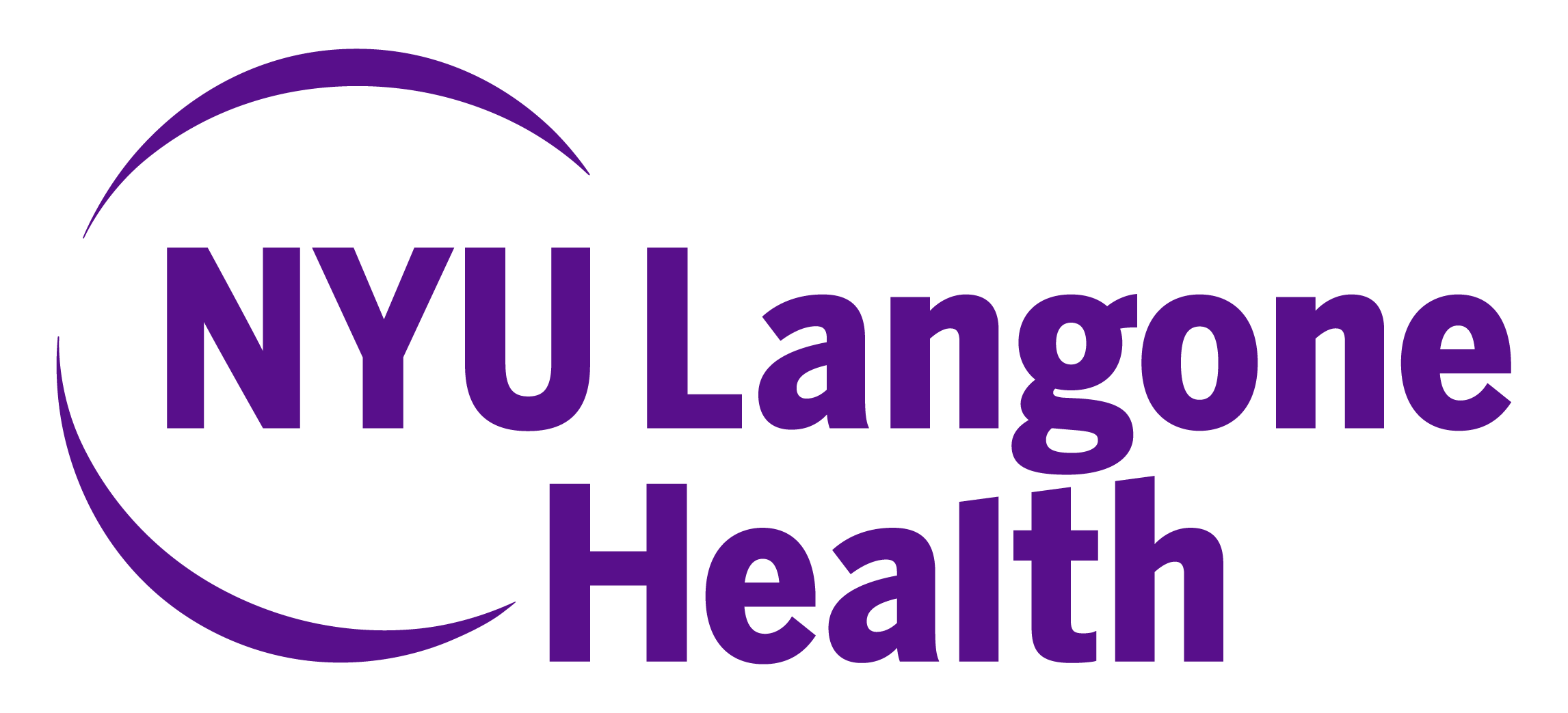- Advertise
- About OncLive
- Editorial Board
- MJH Life Sciences brands
- Contact Us
- Privacy
- Terms & Conditions
- Do Not Sell My Information
2 Clarke Drive
Suite 100
Cranbury, NJ 08512
© 2025 MJH Life Sciences™ and OncLive - Clinical Oncology News, Cancer Expert Insights. All rights reserved.
Dr. Braunstein on Transplant Eligibility in Multiple Myeloma
Marc J. Braunstein, MD, PhD, discusses transplant eligibility in multiple myeloma.
Marc J. Braunstein, MD, PhD, clinical assistant professor, Department of Medicine, co-director, Autologous Stem Cell Transplant Program, NYU Winthrop Hospital, NYU Langone Health’s Perlmutter Cancer Center, discusses transplant eligibility in multiple myeloma.
Historically, patients with newly diagnosed disease were evaluated to determine if they were fit to receive high-dose chemotherapy with melphalan followed by autologous stem cell transplant (ASCT), says Braunstein.
Now, a patient’s general fitness informs whether they should receive intensive or less intensive upfront treatment, says Braunstein. It is important to consider the trajectory of the patient, regardless of whether or not they will continue on to high-dose consolidation with chemotherapy and ASCT.
Transplant-ineligible patients typically receive a doublet, triplet, or quadruplet regimen, says Braunstein. The goal is for these patients to achieve remission and then continue onto maintenance therapy.
For transplant-eligible patients, triplet or quadruplet therapies are standard induction regimens followed by consolidation with ASCT, concludes Braunstein.


